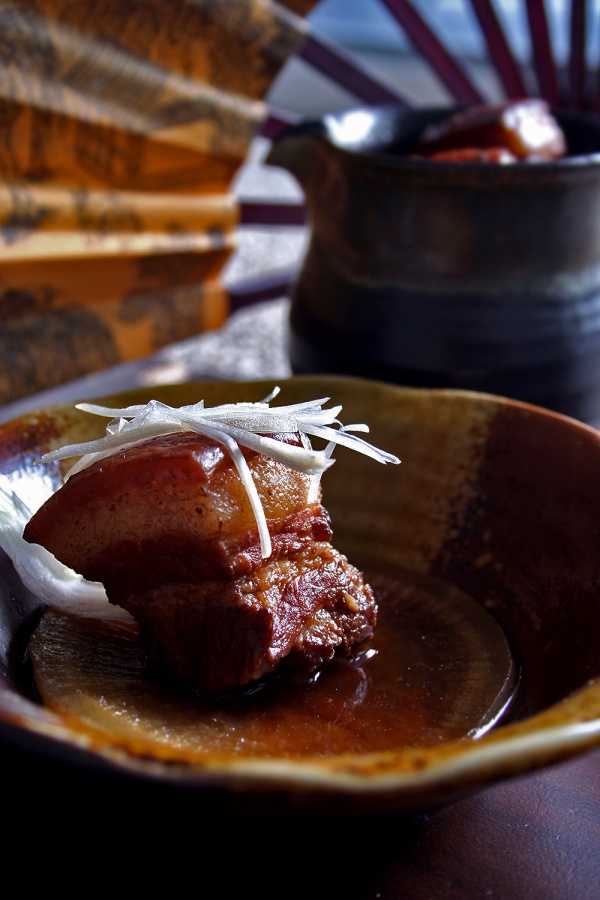Facts About Dongpo pork
Dongpo Pork is a delectable dish originating from Hangzhou, China. It features thick, two-inch squares of pork belly, carefully cut to include both fat and lean meat, with the skin left on. The result is a dish that is rich and flavorful but not excessively greasy, enhanced by a lovely wine aroma.
The dish is named after Su Dongpo, a renowned poet and culinary enthusiast from the Song Dynasty. According to legend, during a challenging period in Hangzhou, Su Dongpo experimented with traditional methods of pork preparation. He braised the pork and added yellow wine, creating a recipe for red-braised pork which he then slow-cooked over low heat. This method became quite popular.
Dongpo Pork's acclaim spread through three distinct phases. It began in Xuzhou, Jiangsu province, where it was known as Huizeng pork. Subsequently, it moved to Huangzhou (modern-day Huanggang in Hubei province), where Su Dongpo refined the recipe. Ultimately, it reached Hangzhou, where it was officially named Dongpo Pork and gained nationwide fame.
In the book "Chinese Gastronomy" by Lin Hsiang Ju and Lin Tsuifeng, a recipe titled "The Fragrance of Pork: Tungpo Pork" credits Su Dongpo with the creation of this delightful dish. The narrative of Dongpo Pork is said to mirror Su Dongpo's life journey, with each location representing an important step in the evolution and rising popularity of the dish.

 Pakistan
Pakistan